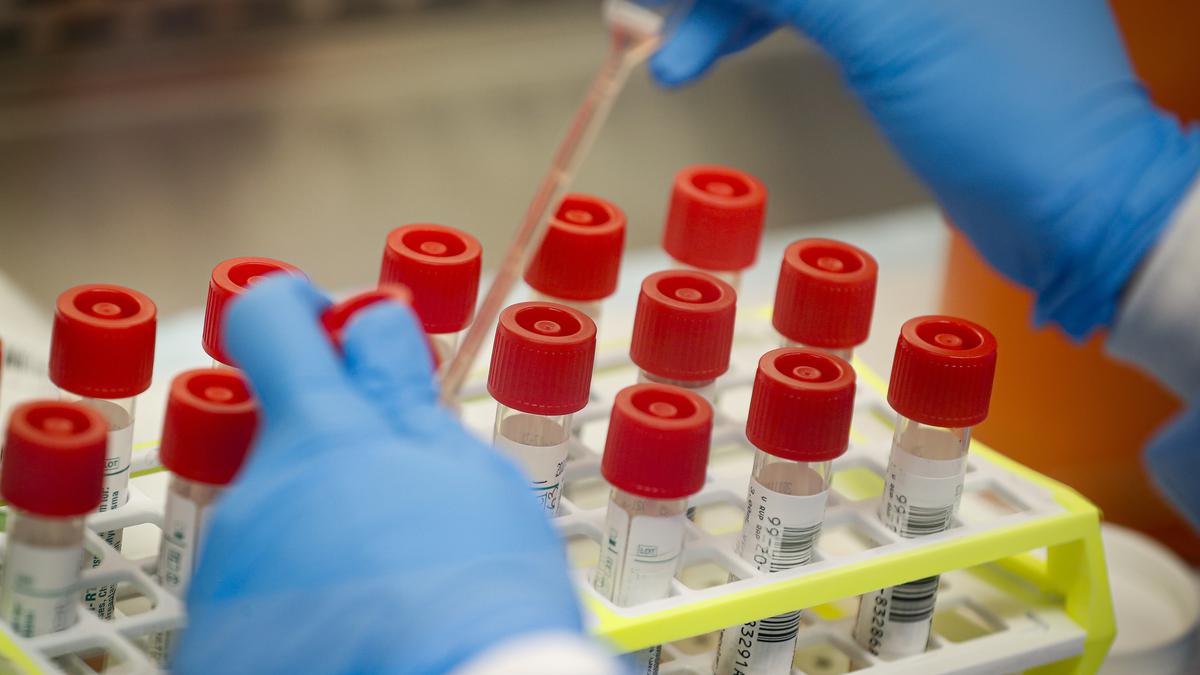
While COVID-19 continues to be active in several western countries, its severity has diminished. A vexing issue however is Long COVID, a set of long-term health problems that linger for several months following recovery from the infection. A recent Harvard study comparing infected and non-infected individuals, reported a 10% risk of getting Long COVID.
A prominent Long COVID symptom is brain fog, which involves difficulty focusing, memory impairment and challenges in decision-making. A recent study from Stony Brook University in the U.S., utilising cognitive assessment tests, identified a significant intellectual decline following COVID. This was particularly pronounced among those with Long COVID. The exact mechanism remains unclear, but UK Biobank MRI studies had demonstrated shrinking of parts of the brain following COVID-19.
In this context, researchers from the University of Queensland and Macquarie University of Australia, in collaboration with the University of Helsinki recently made some startling discoveries. The results were published in the journal Science Advances.
Using specialised laboratory cells that mimic the human brain they found that infection by the SARS-CoV-2 virus resulted in individual brain cells fusing together as one. This could happen between two neurons, two glial cells or between a neuron and a glial cell. It could also involve more than two cells.
By measuring the inflow of calcium ions into the cell, they further demonstrated that the process of fusion also affected their function. Instead of firing individually, the fused neurons fired all at once. This could disrupt communication between nerve cells. Interestingly, the cells did not die.
In effect, they discovered a new disease state of the brain in COVID-19, where the cells are structurally and functionally altered, yet remain alive. This is distinct from the previously known outcomes of viral infection of the brain, which are cell death and inflammation. Apart from SARS-CoV-2, which is known to enter the brain by disrupting the blood-brain barrier, viruses such as rabies, HIV and Nipah are also capable of infecting the brain.
The scientists then went on to study the mechanism of cell fusion. When the virus infects a cell, it causes fusion proteins to be expressed on the surface of cells. These proteins latch on to a neighbouring cell, eventually the two cells becoming one.
Fusion of brain cells not only alters the structure of the complex, but also makes the cells dysfunctional. This process is called syncytium formation, wherein the components of one cell freely flow into others. Viruses use this as a clever method for cell-to-cell spread, while staying out of reach of antibodies that lurk outside the cells. COVID-19 is known to induce the same effect in lung cells.
The SARS-CoV-2 virus uses its spike protein for cell fusion. However, the spike protein used in the vaccine, being an altered version of the original, is not fusogenic. Therefore, there is no concern of such a thing happening after vaccination.
The prognosis of Long COVID is being studied. While some individuals recover after several months, the outlook has been less optimistic for a substantial number of people. Being an all-new disease previously unknown to man, knowledge about COVID-19 will continue to evolve.
(Rajeev Jayadevan is co-chairman, National IMA COVID Task Force)
https://news.google.com/rss/articles/CBMiY2h0dHBzOi8vd3d3LnRoZWhpbmR1LmNvbS9zY2ktdGVjaC9jb3ZpZC0xOS1uZXctYnJhaW4tZGFtYWdlLW1lY2hhbmlzbS11bmNvdmVyZWQvYXJ0aWNsZTY3NTQ1NDgwLmVjZdIBaGh0dHBzOi8vd3d3LnRoZWhpbmR1LmNvbS9zY2ktdGVjaC9jb3ZpZC0xOS1uZXctYnJhaW4tZGFtYWdlLW1lY2hhbmlzbS11bmNvdmVyZWQvYXJ0aWNsZTY3NTQ1NDgwLmVjZS9hbXAv?oc=5
2023-11-18 15:45:00Z
2615359282
Bagikan Berita Ini














COMMents